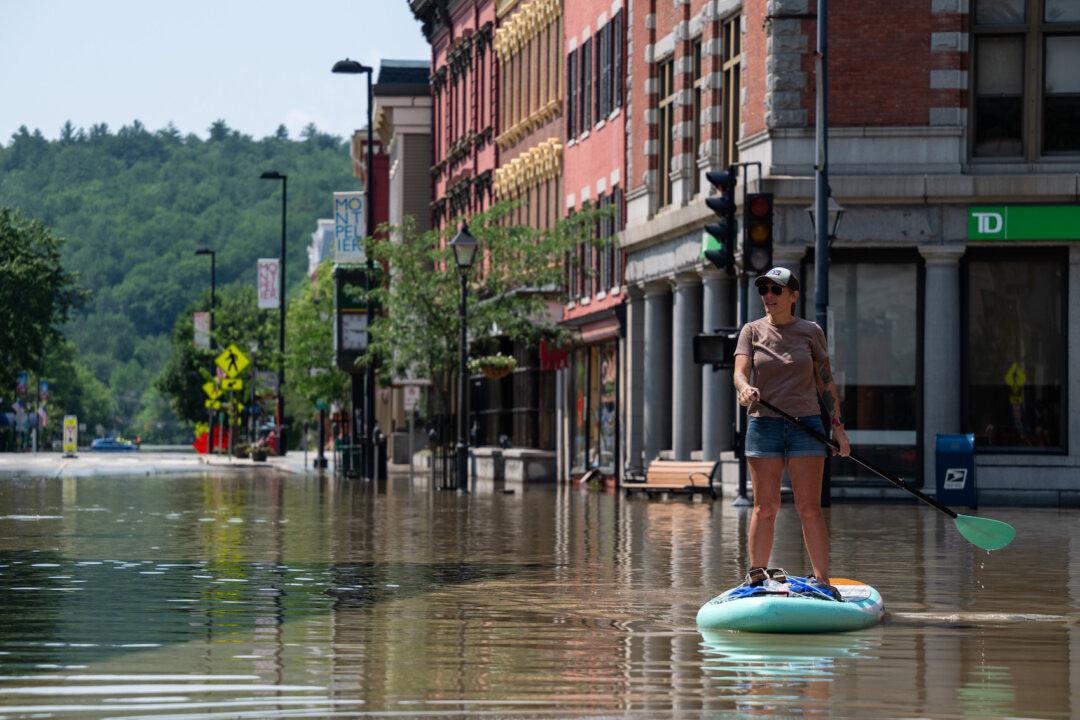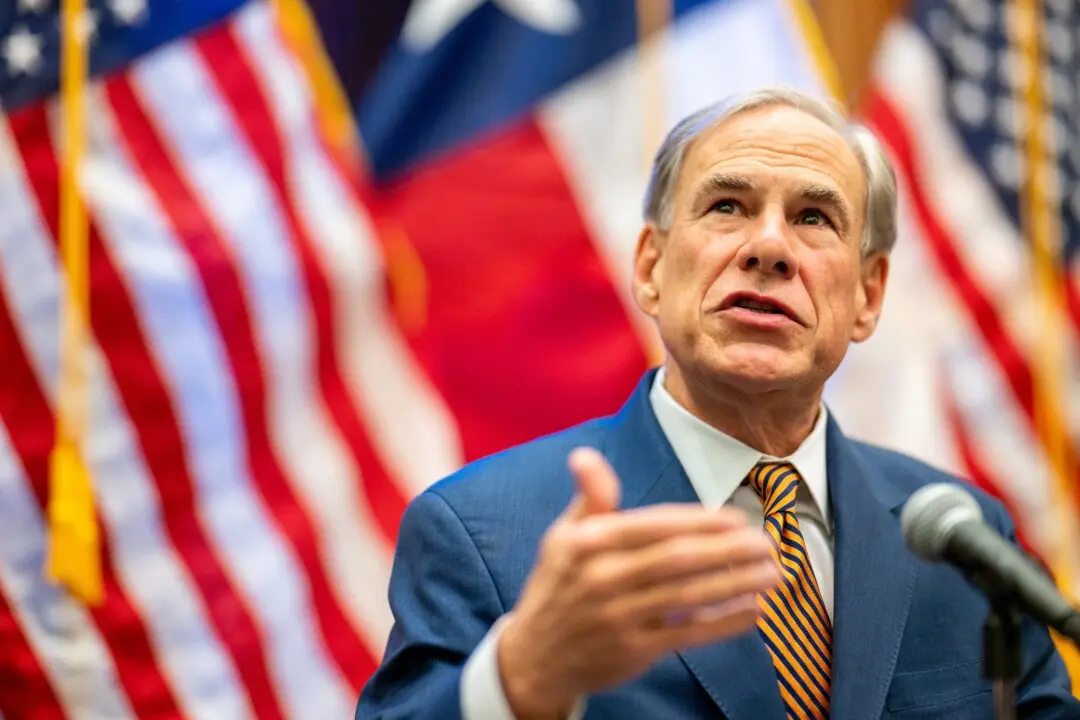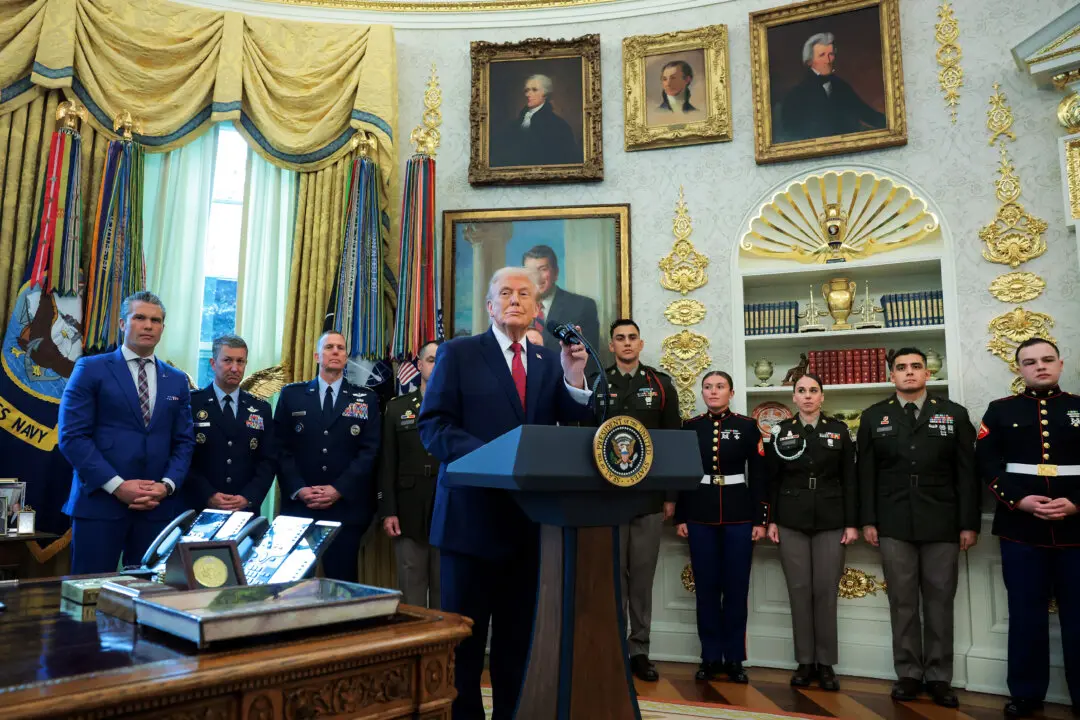Overnight, from July 10 to July 11, heavy rains pummeled New England, causing massive flooding and sending search-and-rescue teams sprinting to reach stranded residents and communities.
A Vermont reservoir threatened to overflow a dam protecting the state’s capital and exacerbate “catastrophic” flooding that has already closed roads leading out of the city and confined residents to their homes.





